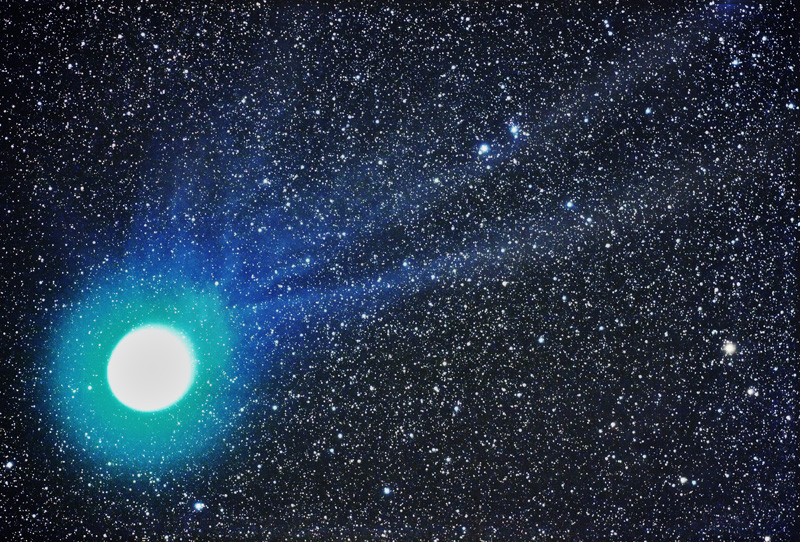We the people, in order to gather more information about the anomaly comet that is Holmes 17P are hereby requesting that the following Space based Telescopes show us their pictures and or slew and track and take pictures of Comet 17P Holmes.
Chandra X-Ray Observatory: cxcpub@cfa.harvard.edu
New Horizons Pluto Mission: Kerri.Beisser@jhuapl.edu
Hubble Telescope: http://saturn.jpl.nasa.gov/news/contact-us.cfm [online form]
Cassini [orbits Saturn] http://saturn.jpl.nasa.gov/news/contact-us.cfm [online form]
Spitzer Infrared Telescope: help@spitzer.caltech.edu

Comet Holmes In The Electric Universe By Michael Goodspeed Thunderbolts.info 11-7-7
"It's a mystery to me how comets work at all."
--Donald Brownlee, principal investigator of NASA's Stardust Mission
So what might have happened to Comet Holmes? It is not a typical comet. The eccentricity of its orbit is minimal. It is always outside the orbit of Mars and inside the orbit of Jupiter. In fact, it is virtually as close to being an asteroid as it is to being a comet. And astronomers are slowly realizing that the distinctions between asteroids and comets are not as clear as they had once believed. Occasionally, asteroids sport cometary tails, like the asteroid Chiron, which was seen to develop a tail while orbiting between Saturn and Uranus around 1988 and 1989. It is now officially classified as both an asteroid and a comet. Since the electrical stresses on Holmes would be minimal, much like those on asteroids with modestly elliptical orbits, it is not unreasonable to assume that its plasma sheath remains largely undisturbed -- unless it penetrates into or is penetrated by another sheath with sufficient differential across its double layer to cause an explosive breakdown. It's interesting to note that the diagram of Holmes' orbit shows that it crossed the ecliptic (the plane of the planets movement around the Sun) quite close to the time of its closest approach to Mars. So it is certainly conceivable that Mars' own plasma sheath, by penetrating that of Holmes, provoked the fateful breakdown. Though this would not qualify as a coherent hypothesis today, it is the kind of issue raised by the electric model that is systematically ignored by mainstream astronomers. As of this writing, the space science community has fallen virtually mute on the enigma(s) of Comet Holmes. Comet science is in an undeniable state of crisis, and nothing short of an intellectual revolution will save officialdom from irredeemable embarrassment. It is the hope of the electric specialists that the failures of the standard comet model, so nakedly obvious in the face of discovery, will inspire astronomers and astrophysicists to reconsider the real-world disciplines of electrodynamics and experimental plasma science -- disciplines that should never have been excluded in the first place.
thunderbolts
best views